Unknown pages of defense of Sevastopol: 35 coastal battery
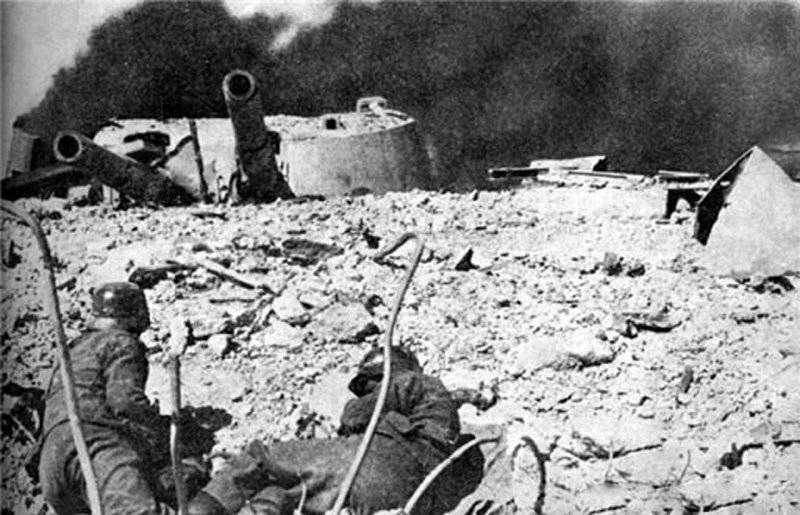
At the beginning of the war, the defense of Sevastopol consisted of two armored 12-inch batteries, dozens of gun positions, many well-built defenses. Back in 1912, under the direction of engineer Cui, excavations for towers were dug, but construction was halted due to the revolution and the Civil War in Russia. In the thirties, the project was remembered and, with the help of military engineers, Sokolov and Vyshtkina were successfully completed. According to eyewitnesses, the amount of concrete work performed exceeded similar work in the construction of the Dnieper. The battery under the number 35 was located near Cape Chersonesos, and the battery under the number 30 was located near the village of Lyubimovka. The main part of the 35 battery is two gigantic reinforced concrete massifs with gun turrets. The first block housed ammunition depots, office space and barracks, and inside the second block was a post for controlling and adjusting the shooting and the power station. Not far from the blocks armored command posts were created. All the rooms were connected by underground passages. In extreme cases, there were two emergency exits to the sea. The armament of the 35 battery was based on two 305-mm turrets of two guns. Each shell weighed more than 450 kg, and the firing range exceeded 40 km. The towers could rotate 360 degrees by firing a roundabout. Initially, the 30 and 35 batteries were built to protect the city from the sea, but they soon had to become the center of defense from land.
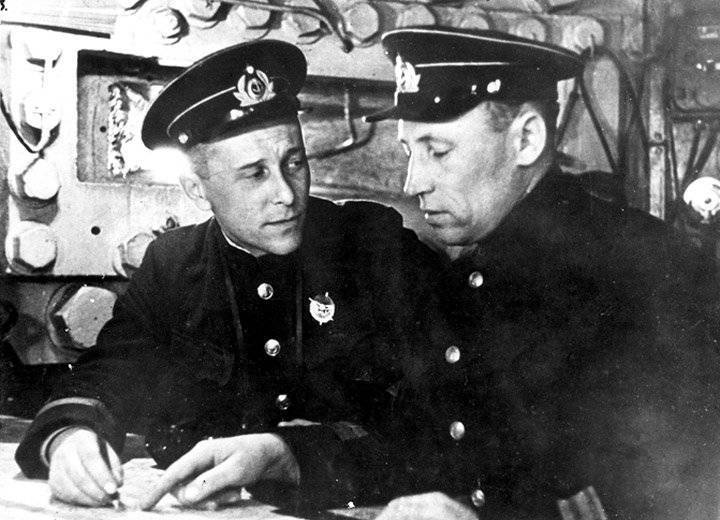
October 30 1941, the fascist troops tried to seize Sevastopol outright, but they were suddenly struck by an unprecedented power. The 30 battery under the command of George Alexander together with the forces of the Maritime Army fighters repelled the assault. Nevertheless, the Nazis took all the approaches to the city. 17 December 1941 after a powerful artillery preparation took place the second assault attempt. Five divisions went on the attack. The main task was to destroy the 30-th battery. But their efforts were in vain. And finally, on the morning of June 5, after the overwhelming fire of enemy artillery and mortars, the Nazi troops launched an offensive on the entire width of the front. Manstein wrote:
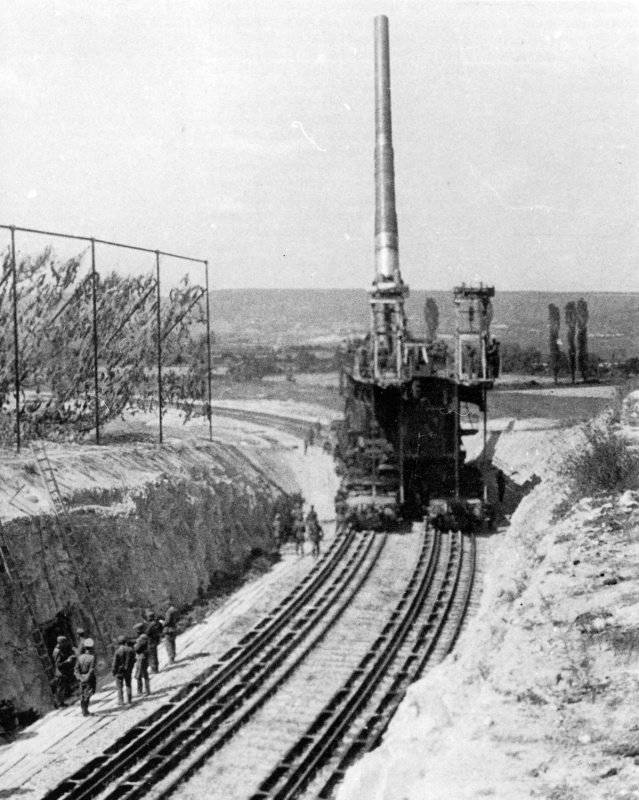
Since July 24, the defense of Sevastopol came to an end. With bloody battles, our troops and city residents went to the cape, to the 35th coastal battery. In black pea jackets and vests, sailors fought. Recklessly brave and courageous, they instilled terror into the hearts of enemies. The Nazis squeezed the ring, pushing the defenders of the city to the sea. There was nowhere to retreat. Every square meter of the Kherson Peninsula was abundantly watered with blood. Despite huge losses, Manstein decided to continue the infantry offensive and tanks with the support of aviation and artillery. The 35th battery constantly fired at enemy positions, being subjected to reciprocal reinforced bombing and shelling. As a result of a direct hit, the first tower was destroyed on June 23. When the shells ran out, the battery continued to shoot with cores, and then buckshot.
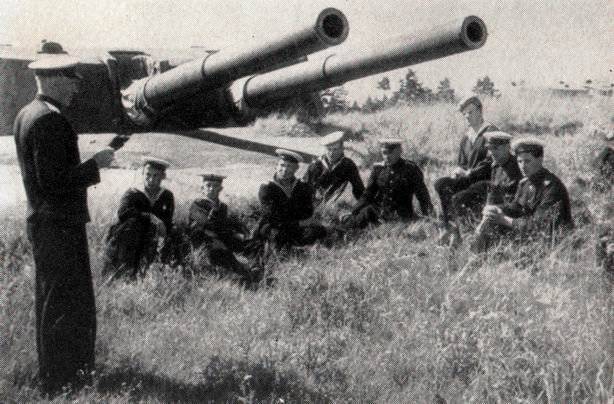
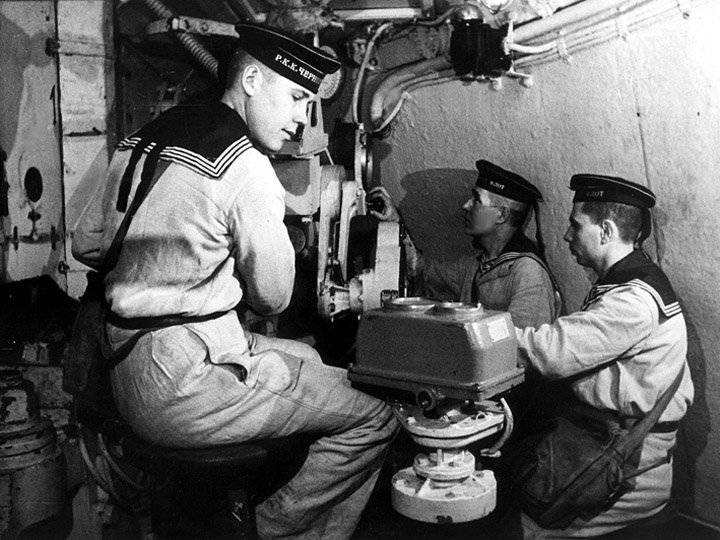
At 22 hours on June 29, the Military Council switches to the 35th coastal battery on a reserve command post. The Coast Defense Command is being transferred there. fleet and the Primorsky Army. At night there is a regrouping of troops. From many battalions and regiments by this time only names remained. Aviation was completely destroyed, and a battalion of marines was created from the air force. June 30, Vice Admiral F.S. Oktyabrsky sends to the People’s Commissar of the Navy a report about the impossibility of holding Sevastopol. The letter contains a convincing request to evacuate the entire headquarters. On the night of July 1, the command staff of the military forces was shamefully taken out by arriving airplanes, leaving more than 80 thousand people for certain death! Over the past few days, about four thousand have managed to get out of them in various ways. For the further defense of the city, General P.G. Novikov. The general had one task - to fight to the end, and then try to go into the mountains.
After 1 July, Sevastopol was commissioned, at night at 0 hours 36 minutes by personal order of PG Novikov depth charges were exploded cellar ammunition and the first tower 35-oh battery. In 2 hours 31 the minute the second tower was blown up. But even more than ten days of the last forces of tens of thousands of people defended the approaches to it. The Germans burned them with flamethrowers, threw grenades and burned them with gas. Forces defenders declined by the hour. There was no water, ammunition, hope. Medical Lieutenant V.I. Luchinkina writes in her diary:
We went under the rocks in the airfield. There were many wounded, moans, shouts, a huge mass of people. We waited for the ships, but then realized that we were abandoned to the mercy of fate. Terribly tormented by hunger, but especially thirst. They drank sea water and diluted it with sugar. ”
After the end of the war, the 30 battery was rebuilt. She was armed, and she is one of the active military units of Russia. The 35 battery was destroyed much more. In the 90s, the territory of the battery began to be built up with private houses, cottages, hotels. But the caring people of Sevastopol did not allow to build on bones. Now, on the site of the 35 battery, a memorial complex has been created, in which all the work was carried out only at the expense of public donations. On the territory of the complex there is a pantheon in which all the names of the defenders of the city known to date are carved.
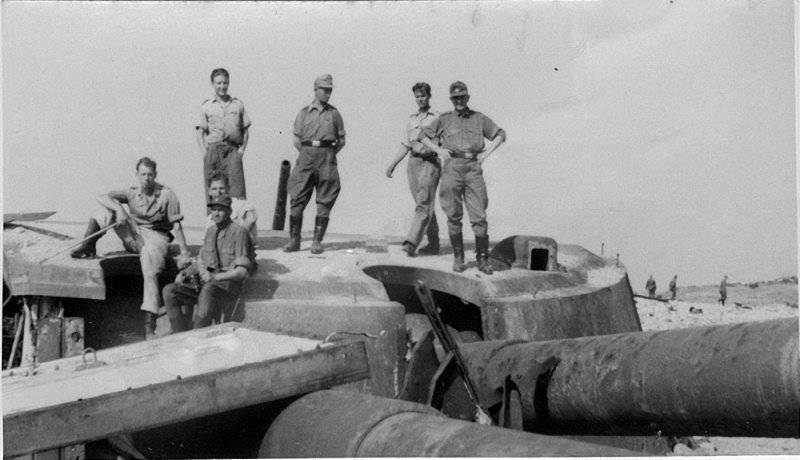
From the first days of the defense of Sevastopol (from November 1 1941), the 30-i battery under the command of Captain G. Alexander fired in parts of the German X-Menxtein X. Numx-assaulting army, advancing to the main base. 11 June 26, the Germans broke into the tower block and took 1942 into captivity of its last defenders, all of them injured and exhausted from hunger and thirst.
After the war, the battery was restored. Now this object is in the composition of the coastal forces of the Black Sea Fleet
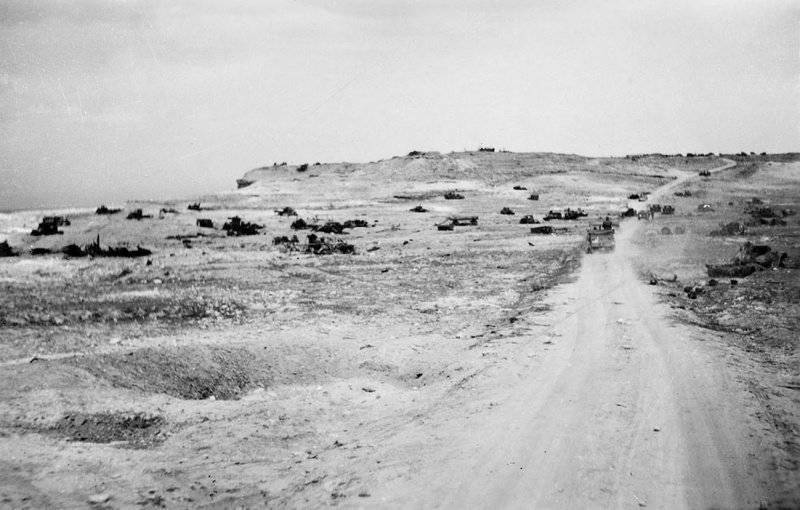
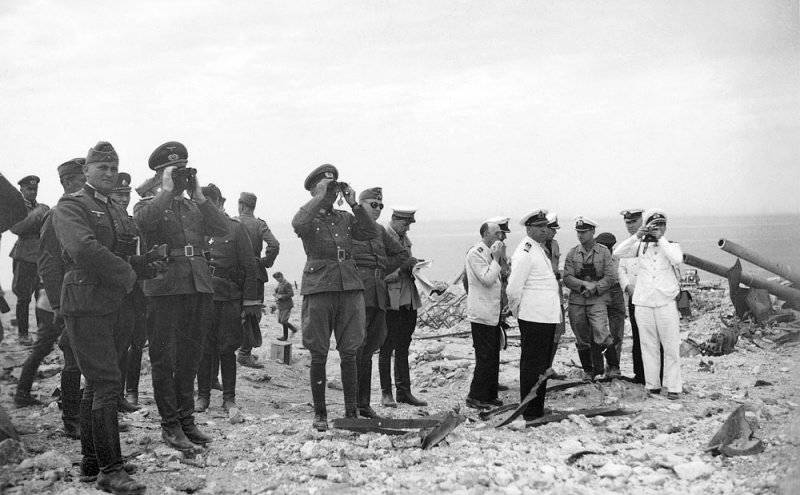
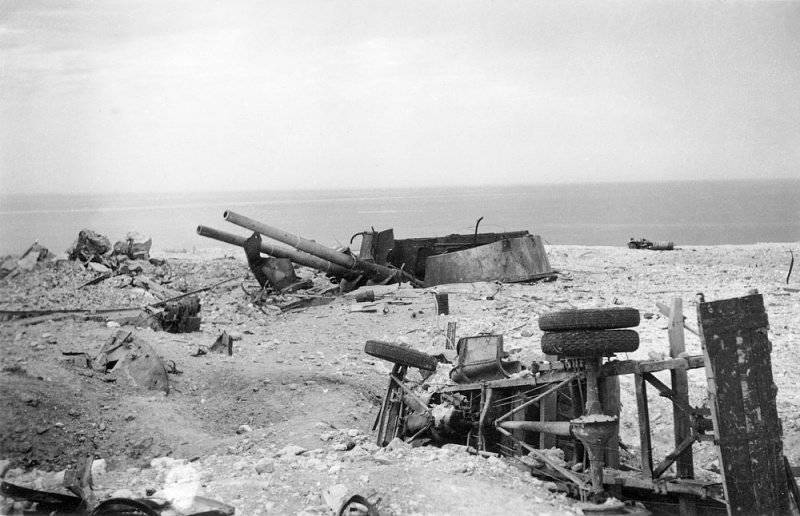
In 1943, Leonid Utesov for the first time performed the song "The Covenant Stone" by Boris Mokrousov. And soon the whole country picked her up: "The wide waves of the Black Sea raise the cold waves. The last sailor left Sevastopol - he leaves, arguing with the waves ...." The song breathed mystery, excited by riddles. As if the authors knew more than what they could say at the time.
What treasured stone are we talking about? This movie - story the legendary 35 coastal battery, tragic and heroic at the same time. The 11 Army of Manstein, one of the best formations of the Wehrmacht, stumbled over the "Russian Gibraltar", and this significantly weakened the position of the Germans at Stalingrad.
It was here in June-July that 1942 received their last fight 80000 from the defenders of the hero city. It was here in those terrible days was the headquarters of the Sevastopol defensive area. It was here, in the cabin-battery campaign, that the last joint meeting of the Military Councils of the CPR and the Primorsky Army was held, which resulted in a decision to end the defense of Sevastopol and evacuate the commanders.
Thus, the territory of the battery has become a kind of quintessence of the people's feat and the people's tragedy.
In the post-war period, the 35-i coastal battery was not restored, however, part of its structures was used under the existing 130-mm coastal battery, due to which the appearance of the reinforcement was preserved for us almost intact.
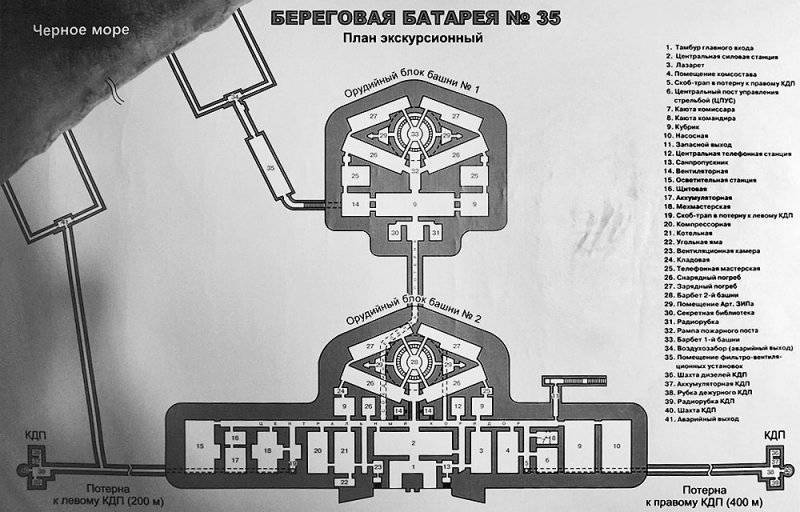
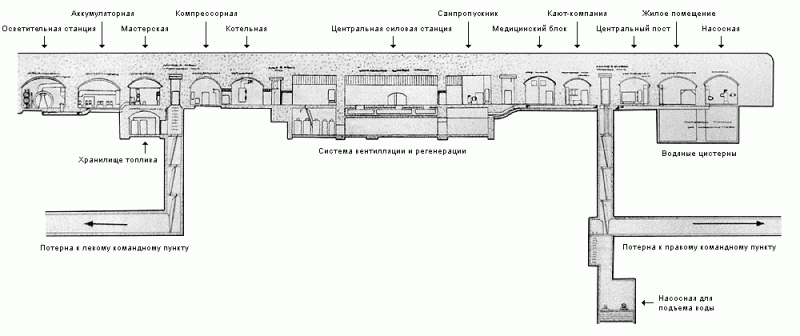
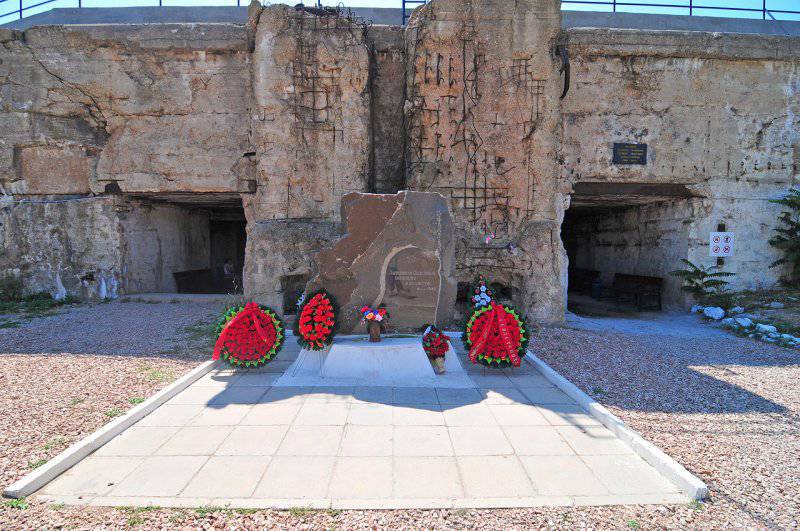
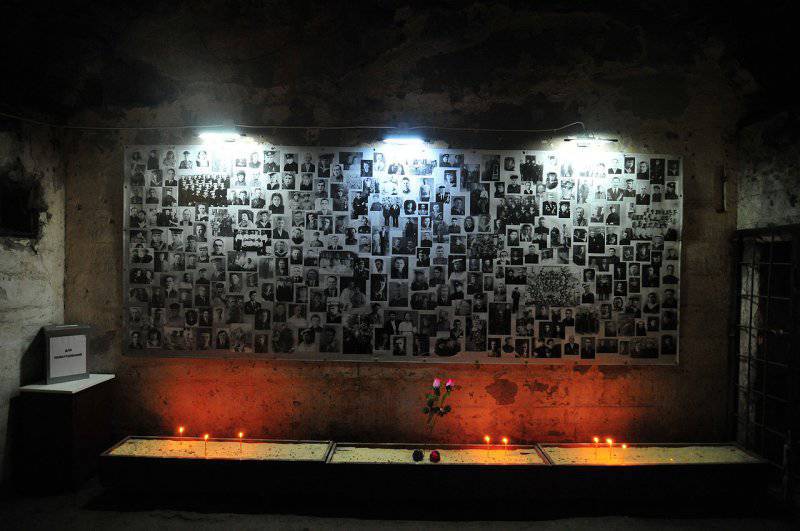
Information